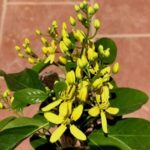The Allamanda cathartica, commonly known as the Golden Trumpet, is a stunning tropical flower native to the rainforests of Brazil. With its vibrant yellow blooms and lush foliage, the Allamanda vine is a favorite among flower enthusiasts, and for good reason. This guide will cover everything you need to know about this beautiful flower, from its symbolism and meanings to the best practices for planting and caring for it. Let’s get started!
1 What is the Allamanda cathartica?
Origin and Significance of the Allamanda
The Allamanda vine, with its scientific name Allamanda cathartica, originates from the lush tropical rainforests of Brazil. Commonly known as the Golden Trumpet, this flower is a sight to behold with its vibrant yellow blooms. Other names for this flower include the Yellow Allamanda, Bush Allamanda, and Golden Trumpet Vine. You’ll often find these vines gracing fences and walls, their bright flowers adding a touch of sunshine to any space. The flowers typically grow in clusters, peeking out from behind the shiny leaves, creating a stunning display of nature’s beauty.
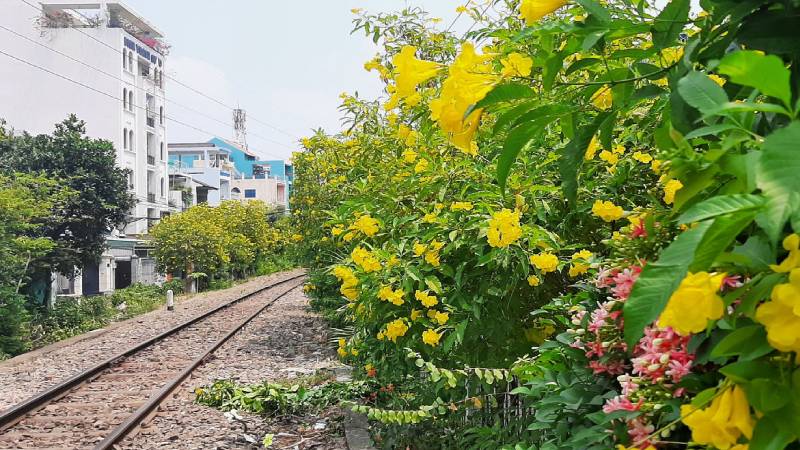 A Golden Fence of Allamanda
A Golden Fence of Allamanda
The Symbolic Meaning of the Allamanda in Feng Shui
In the world of Feng Shui, the Allamanda flower holds a special significance. It symbolizes eternal love, sincerity, and happiness. While it may not be the most extravagant or luxurious flower, the Allamanda is the perfect choice for a suitor to gift to their beloved. True love and sincerity are more valuable than any material possession, and the Allamanda represents this beautifully. It is often chosen as a gift for special occasions, especially for couples in love, as it embodies the importance and radiance of their relationship.
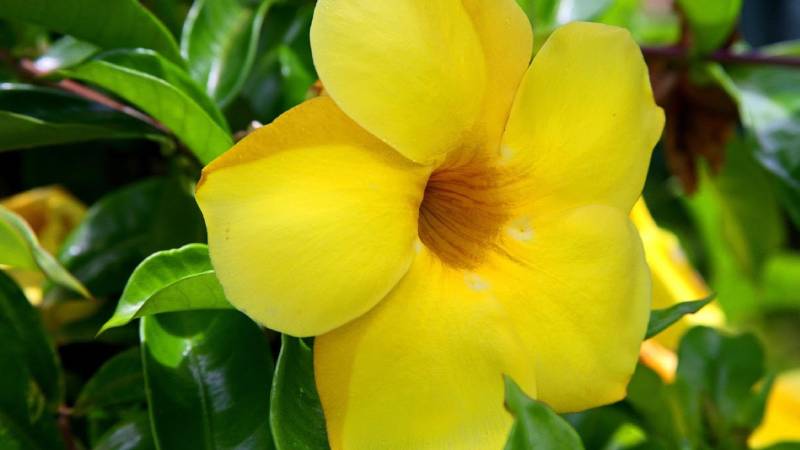 A Close-up of the Vibrant Allamanda
A Close-up of the Vibrant Allamanda
Characteristics and Classification of the Allamanda
The Allamanda genus consists of two main types: Allamanda cathartica, known for its larger leaves, and Allamanda neriifolia Hook. F, which has smaller leaves. Both belong to the Apocynaceae family and are commonly found in South America, although they have also been successfully cultivated in Vietnam.
The Allamanda is a climbing plant with long, soft stems. Its leaves are simple, growing in pairs, and have a bright, shiny green color with a soft, thin texture. When young, the leaves have a paler hue with a hint of pink, maturing into a vibrant green as they age.
The Allamanda neriifolia, or the small-leaved variety, typically has smaller flowers that are a paler shade of yellow compared to its larger-leaved cousin. The petals are soft and smooth, with the stamens tucked deep within. The fruit of the Allamanda is covered in spines and contains few seeds. Propagation is commonly done through cuttings, as the plant is relatively easy to grow and maintain.
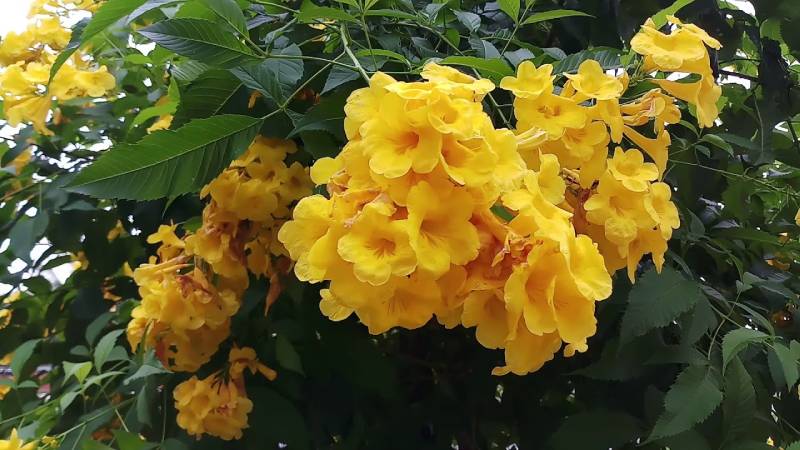 A Cluster of Allamanda Flowers
A Cluster of Allamanda Flowers
2 The Benefits of the Allamanda
Health Benefits
The Allamanda has been used in traditional medicine for its therapeutic properties. Dried Allamanda flowers are used to treat various ailments, including headaches, fever, pain, and as a sedative. The specific method of preparation depends on the ailment being treated. However, one of the most common uses is as a herbal tea, known for its calming and soothing effects.
Other Benefits
Creating a Natural Fence
Due to its climbing nature, the Allamanda vine is often used to create natural fences or wall coverings. The vine will climb up walls or fences, adding a touch of greenery and vibrant color with its bright flowers. Alternatively, it can be grown in pots to decorate the front of a house or garden.
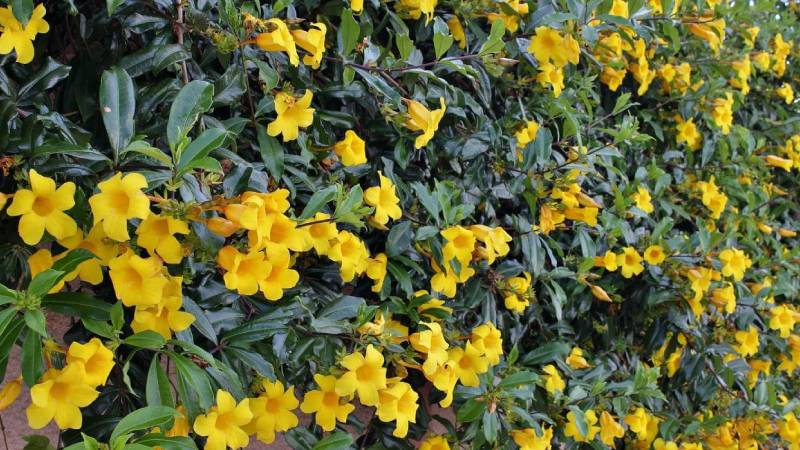 A Wall Adorned with Allamanda
A Wall Adorned with Allamanda
A Meaningful Gift
The Allamanda makes for a thoughtful and symbolic gift for special occasions, especially for couples. With its representation of love and sincerity, it is a way to express the importance and radiance of the relationship.
 Allamanda Shining in the Sun
Allamanda Shining in the Sun
3 Planting and Caring for the Allamanda
Planting the Allamanda
The Allamanda vine is typically propagated through cuttings. Simply choose a healthy cutting from the mother plant and plant it in the ground or a pot. Water it regularly and generously for about two weeks, and you’ll soon see new roots forming.
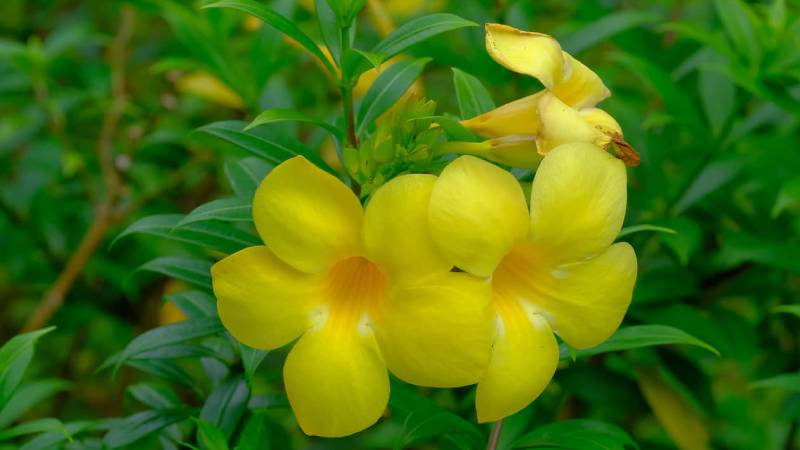 A Close-up of the Allamanda Flower
A Close-up of the Allamanda Flower
Caring for the Allamanda
Once your Allamanda has established itself, it’s important to provide it with the right nutrients. Fertilize the plant with NPK and biofertilizers to promote healthy growth. Regular pruning will help maintain the desired shape and encourage more blooms.
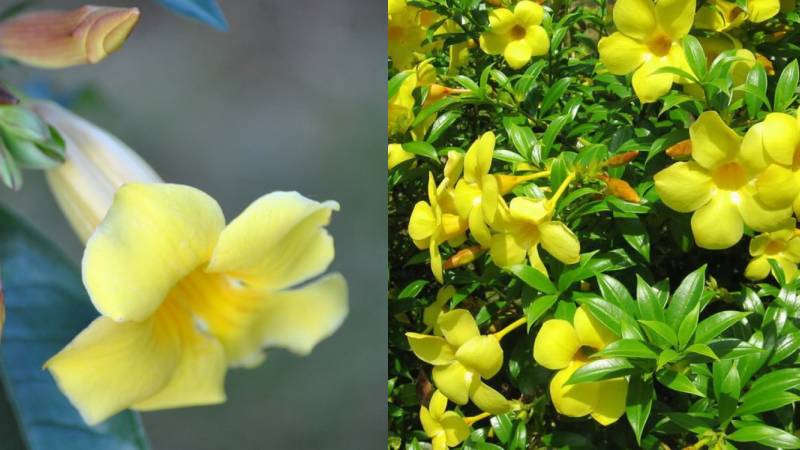 Allamanda Soaking up the Sun
Allamanda Soaking up the Sun
Important Considerations for Planting and Care
The Allamanda thrives in soil that is rich in humus and nutrients, with a stable pH of 5-6. As a water-loving plant, it’s important to ensure that your Allamanda receives ample water. Regular misting of the leaves and flowers will keep them looking fresh and vibrant. Additionally, the Allamanda prefers sunny locations, so choose a spot that receives plenty of sunlight to encourage healthy growth. Water and sunlight are the two most crucial factors in the development of this beautiful plant.
4 Five Stunning Images of the Allamanda
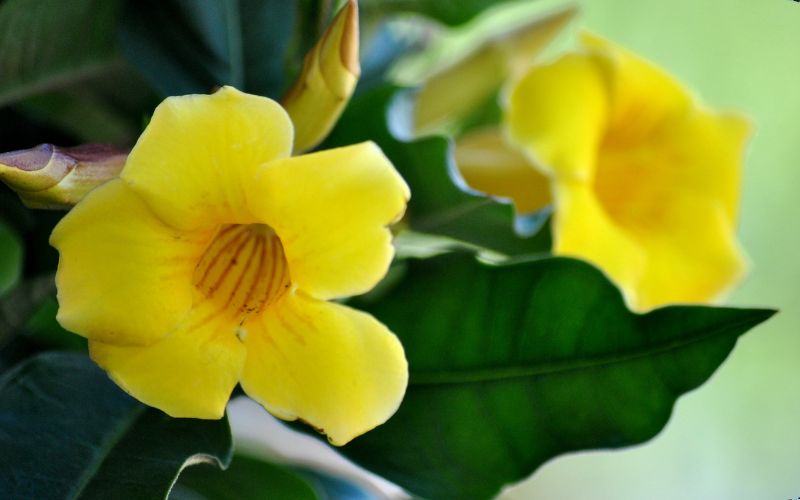 Image 1
Image 1
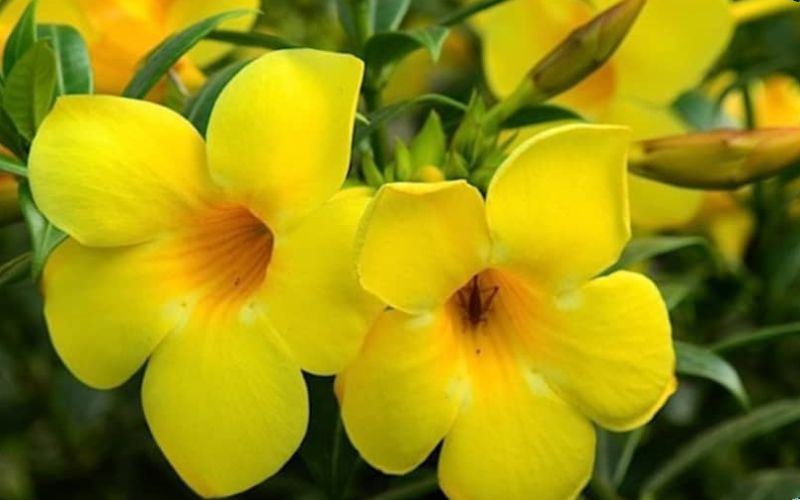 Image 2
Image 2
 Image 3
Image 3
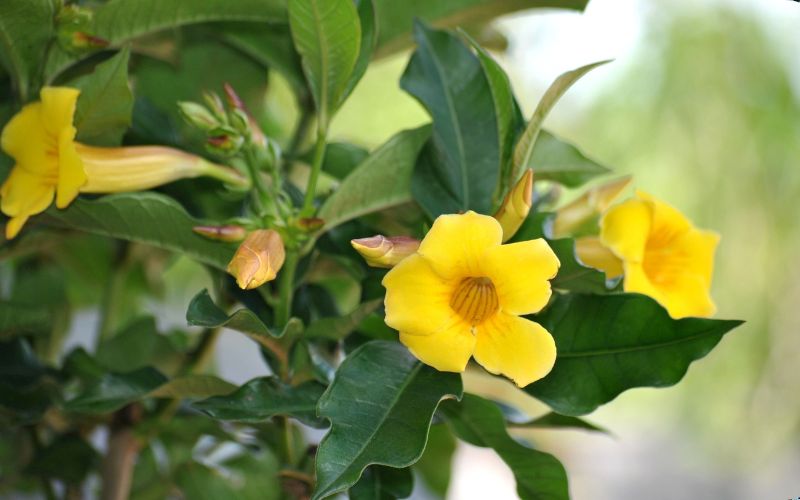 Image 4
Image 4
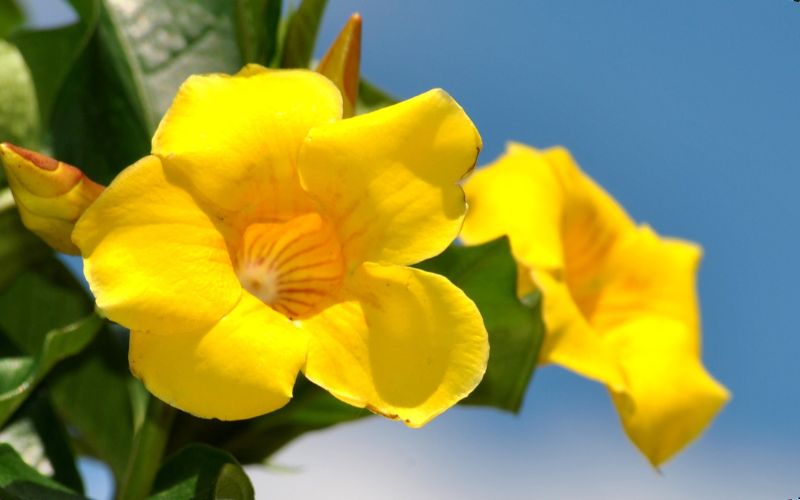 Image 5
Image 5
This article has provided an overview of the Allamanda cathartica, including its symbolism, benefits, and care instructions. If you have any further questions or would like more information, feel free to reach out!

























